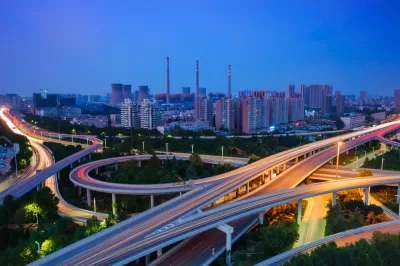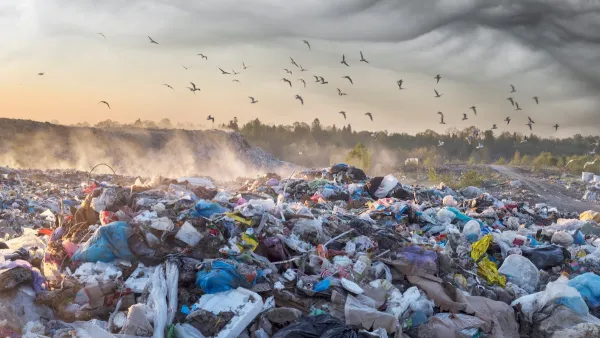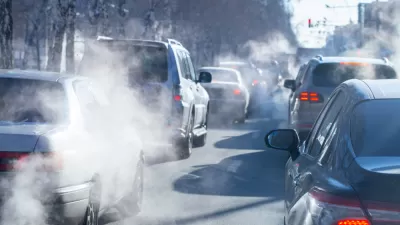What’s good for the planet is good for the economy, according to a recent study published by the Lincoln Institute of Land Policy.

Anthony Flint writes for the Lincoln Institute of Land Policy to explain the findings of a recent working paper, “Building the Breathable City.” The study, authored by Alexander Lord, Erwin van der Krabben, and Guanpeng Dong, documents the connection between air quality and land values in China.
“The kind of analysis done in Zhengzhou is important because it directly links environmental improvements to increasing value. Demonstrating that link is crucial in making the case for a financial tool that could be essential for addressing the climate crisis: land value capture," writes Flint.
The article provides more detail about land value capture as an emerging tool for municipalities and countries to generate revenue for the adaptation and mitigation investments that will be required of climate change. There is a growing list of projects that have successfully delivered economic benefit by investing in climate resilience and environmental sustainability, as documented by Flint, including projects in Quito, Seattle, Philadelphia, Buenos Aires, Tokyo, and Boston.
Still, the emerging evidence in support of an environmental approach to economic development has a long way to go to become the status quo. According to Flint, “many barriers must be overcome to make land value capture work. National urban development laws need to be reformed to authorize more local governments to mobilize land value increments and permit own-source revenue. Around the world, a pressing need remains to improve institutional capacity, good governance, land controls, and tenure systems.”
The Lincoln Institute of Land Policy has also created a Land-Based Climate Finance page that explains how municipalities can leverage capital stock is embedded in land, buildings, and infrastructure to generate revenue streams for climate adaptation, mitigation, and resilience.
FULL STORY: Return on Investment: Research Links Climate Action with Land and Property Value Increases

Maui's Vacation Rental Debate Turns Ugly
Verbal attacks, misinformation campaigns and fistfights plague a high-stakes debate to convert thousands of vacation rentals into long-term housing.

Planetizen Federal Action Tracker
A weekly monitor of how Trump’s orders and actions are impacting planners and planning in America.

In Urban Planning, AI Prompting Could be the New Design Thinking
Creativity has long been key to great urban design. What if we see AI as our new creative partner?

King County Supportive Housing Program Offers Hope for Unhoused Residents
The county is taking a ‘Housing First’ approach that prioritizes getting people into housing, then offering wraparound supportive services.

Researchers Use AI to Get Clearer Picture of US Housing
Analysts are using artificial intelligence to supercharge their research by allowing them to comb through data faster. Though these AI tools can be error prone, they save time and housing researchers are optimistic about the future.

Making Shared Micromobility More Inclusive
Cities and shared mobility system operators can do more to include people with disabilities in planning and operations, per a new report.
Urban Design for Planners 1: Software Tools
This six-course series explores essential urban design concepts using open source software and equips planners with the tools they need to participate fully in the urban design process.
Planning for Universal Design
Learn the tools for implementing Universal Design in planning regulations.
planning NEXT
Appalachian Highlands Housing Partners
Mpact (founded as Rail~Volution)
City of Camden Redevelopment Agency
City of Astoria
City of Portland
City of Laramie





























